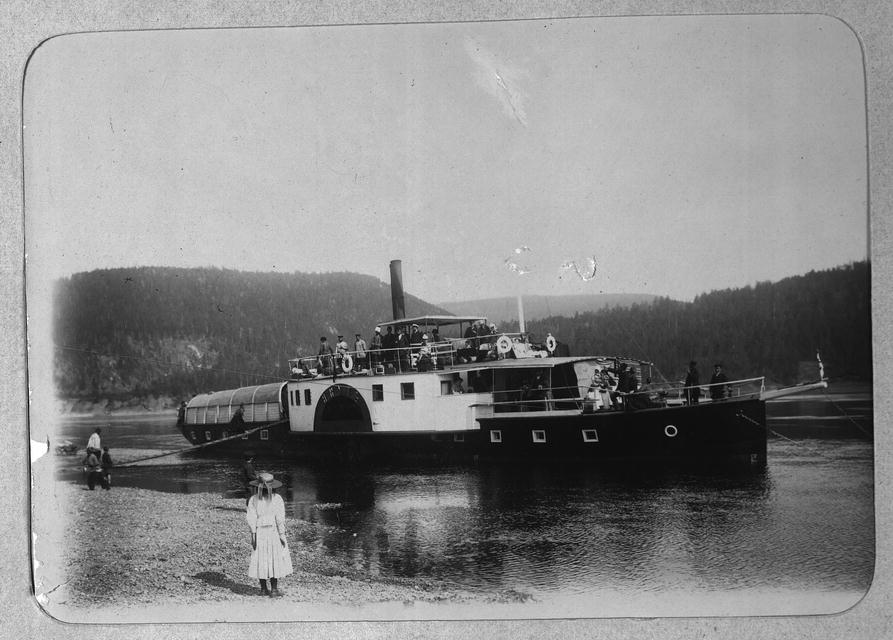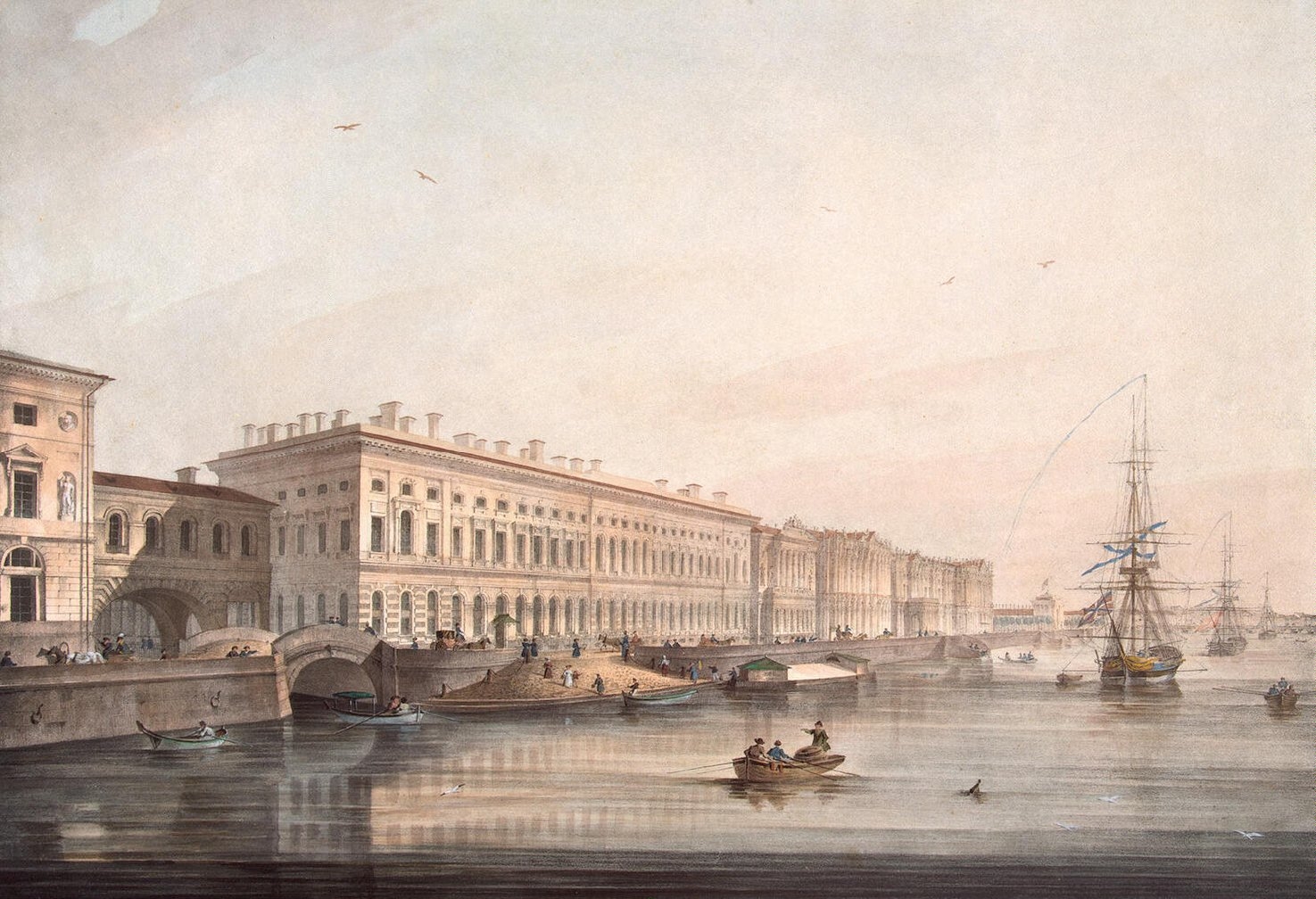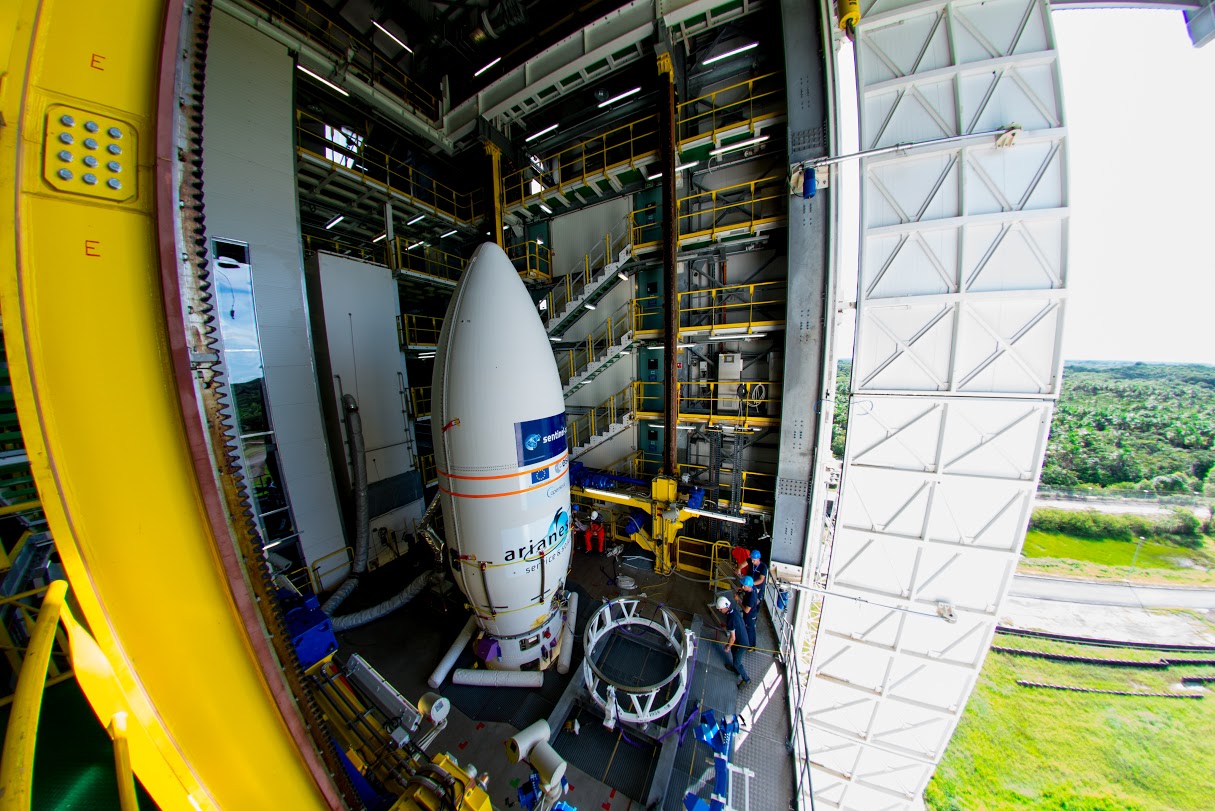|
Kyuelenke
The Kyuelenke (; ) is a river in Yakutia (Sakha Republic), Russia. It is a left tributary of the Lena with a length of . Its drainage basin area is . The river flows across desolate areas of Zhigansky District. Course The sources of the Kyuelenke are north of the Polar Circle, on the eastern slopes of the Central Siberian Plateau. It heads in a roughly southeastern direction. Halfway through its course it turns and flows northeastwards across the Central Yakutian Lowland forming meanders in the floodplain. In its last stretch the river bends slightly and flows eastwards in an area of lakes and marshes. Finally it meets a channel of the left bank of the Lena, from its mouth. Its confluence lies to the south of the mouth of the Muna.Google Earth The Kyuelenke freezes in the first half of October and stays under ice until late May or early June. Tributaries The main tributaries of the Kyuelenke are the long Orto-Kyuelenke and the long Syukeldzhen (Сюкэлдьэн) ... [...More Info...] [...Related Items...] OR: [Wikipedia] [Google] [Baidu] |
Lena (river)
The Lena is a river in the Russian Far East and is the easternmost river of the three great rivers of Siberia which flow into the Arctic Ocean, the others being Ob and Yenisey. The Lena River is long and has a capacious drainage basin of ; thus the Lena is the eleventh-longest river in the world and the longest river entirely within Russia. Geographically, permafrost underlies all the Lena River's catchment and it is continuous in over 75 percent of the basin. Course The Lena originates at of elevation in the Baikal Mountains, west of Lake Baikal, south of the Central Siberian Plateau. The Lena flows north-east and traverses the Lena-Angara Plateau, then is joined by three tributary rivers: (i) the Kirenga, (ii) the Vitim, and (iii) the Olyokma. From Yakutsk, the Lena River enters the Central Yakutian Lowland and flows north until joined by the eastern tributary, the Aldan (river), Aldan River, and the western tributary, the Vilyuy, Vilyuy River. Afterwards, the Lena ben ... [...More Info...] [...Related Items...] OR: [Wikipedia] [Google] [Baidu] |
Zhigansky District
Zhigansky District (; ) is an administrativeConstitution of the Sakha Republic and municipalLaw #172-Z #351-III district (raion, or ''ulus''), one of the thirty-four in the Sakha Republic, Russia. It is located in the northern central part of the republic and borders with Bulunsky District in the north, Eveno-Bytantaysky National District in the east, Kobyaysky District in the southeast, Vilyuysky District in the southwest, and with Olenyoksky District in the northwest. The area of the district is .Registry of the Administrative-Territorial Divisions of the Sakha Republic Its administrative center is the rural locality (a '' selo'') of Zhigansk. Population: 4,312 ( 2002 Census); The population of Zhigansk accounts for 79.6% of the district's total population. Geography The main river in the district is the Lena. Some of its important tributaries, such as the Menkere, Muna, Khoruongka, Nuora (Strekalovka), Kyuelenke and Motorchuna, have their mouth in the area of the distric ... [...More Info...] [...Related Items...] OR: [Wikipedia] [Google] [Baidu] |
Muna (Lena)
The Muna () is a river in Yakutia (Sakha Republic), Russia. It is a left tributary of the lower reaches of the Lena and has a length of . Course The river begins a little to the north of the Polar Circle at the confluence of the small rivers Orto-Muna and Ulakhan-Muna in the northeastern slopes of the Central Siberian Plateau at an elevation of . It flows roughly eastwards in a deep valley and, after leaving the mountainous region it meanders across the Central Yakutian Lowland among almost 2,500 lakes, nearly parallel to the Motorchuna to the north. The river broadens in the plain, reaching a width of when it meets the left bank of the lower course of the Lena from its mouth, a little to the north of the mouth of the Kyuelenke.Google Earth The Muna freezes between the end of November and the beginning of December and remains under ice until the end of April or the beginning of May. From the end of May to June it flows at a high level, flooding sometimes in the summer. The ... [...More Info...] [...Related Items...] OR: [Wikipedia] [Google] [Baidu] |
List Of Rivers Of Russia
Russia can be divided into a European and an Asian part. The dividing line is generally considered to be the Ural Mountains. The European part is drained into the Arctic Ocean, Baltic Sea, Black Sea, and Caspian Sea. The Asian part is drained into the Arctic Ocean and the Pacific Ocean. Notable rivers of Russia in Europe are the Volga (which is the longest river in Europe), Pechora, Don, Kama, Oka and the Northern Dvina, while several other rivers originate in Russia but flow into other countries, such as the Dnieper (flowing through Russia, then Belarus and Ukraine and into the Black Sea) and the Western Dvina (flowing through Russia, then Belarus and Latvia into the Baltic Sea). In Asia, important rivers are the Ob, the Irtysh, the Yenisei, the Angara, the Lena, the Amur, the Yana, the Indigirka, and the Kolyma. In the list below, the rivers are grouped by the seas or oceans into which they flow. Rivers that flow into other rivers are ordered by the proximit ... [...More Info...] [...Related Items...] OR: [Wikipedia] [Google] [Baidu] |
Sentinel-2
Sentinel-2 is an Earth observation mission from the Copernicus Programme that acquires optical imagery at high spatial resolution (10 m to 60 m) over land and coastal waters. The mission's Sentinel-2A and Sentinel-2B satellites were joined in orbit in 2024 by a third, Sentinel-2C, and in the future by Sentinel-2D, eventually replacing the A and B satellites, respectively. The mission supports services and applications such as agricultural monitoring, emergencies management, land cover classification, and water quality. Sentinel-2 has been developed and is being operated by the European Space Agency. The satellites were manufactured by a consortium led by Airbus Defence and Space in Friedrichshafen, Germany. Overview The Sentinel-2 mission includes: * Multispectral image, Multi-spectral data with 13 bands in the Visible spectrum, visible, Infrared#Regions within the infrared, near infrared, and Infrared#Regions within the infrared, short wave infrared part of the Electromagnetic ... [...More Info...] [...Related Items...] OR: [Wikipedia] [Google] [Baidu] |
Central Siberian Plateau
The Central Siberian Plateau (; ) is a vast mountainous area in Siberia, one of the Great Russian Regions. Geography The plateau occupies a great part of central Siberia between the Yenisei and Lena rivers. It is located in the Siberian Platform and extends over an area of , between the Yenisei in the west and the Central Yakutian Lowland in the east. To the south it is bound by the Altai Mountains, Salair Ridge, Kuznetsk Alatau, the Eastern and Western Sayan Mountains and other mountains of Tuva, as well as the North Baikal Highlands and Baikal Mountains. To the north of the plateau lie the North Siberian Lowland and to the east the plateau gives way to the Central Yakutian Lowland and the Lena Plateau.Среднесибирское плоскогорье (Central Siberian ... [...More Info...] [...Related Items...] OR: [Wikipedia] [Google] [Baidu] |
Russia
Russia, or the Russian Federation, is a country spanning Eastern Europe and North Asia. It is the list of countries and dependencies by area, largest country in the world, and extends across Time in Russia, eleven time zones, sharing Borders of Russia, land borders with fourteen countries. Russia is the List of European countries by population, most populous country in Europe and the List of countries and dependencies by population, ninth-most populous country in the world. It is a Urbanization by sovereign state, highly urbanised country, with sixteen of its urban areas having more than 1 million inhabitants. Moscow, the List of metropolitan areas in Europe, most populous metropolitan area in Europe, is the capital and List of cities and towns in Russia by population, largest city of Russia, while Saint Petersburg is its second-largest city and Society and culture in Saint Petersburg, cultural centre. Human settlement on the territory of modern Russia dates back to the ... [...More Info...] [...Related Items...] OR: [Wikipedia] [Google] [Baidu] |
Yakutia
Sakha, officially the Republic of Sakha (Yakutia), is a republics of Russia, republic of Russia, and the largest federal subject of Russia by area. It is located in the Russian Far East, along the Arctic Ocean, with a population of one million. Sakha comprises half of the area of its governing Far Eastern Federal District, and is the world's List of country subdivisions by area, largest country subdivision, covering over 3,083,523 square kilometers (1,190,555 sq mi). ''Sakha'' following regular sound changes in the course of development of the Yakut language) as the Evenk and Yukaghir exonyms for the Yakuts. It is pronounced as ''Haka'' by the Dolgans, Dolgan language, whose language is a close relative of the Yakut language.Victor P. Krivonogov, "The Dolgans’Ethnic Identity and Language Processes." ''Journal of Siberian Federal University'', Humanities & Social Sciences 6 (2013 6) 870–888. Geography * ''Borders'': ** ''internal'': Chukotka Autonomous Okrug (660 km) ( ... [...More Info...] [...Related Items...] OR: [Wikipedia] [Google] [Baidu] |
Tributary
A tributary, or an ''affluent'', is a stream or river that flows into a larger stream (''main stem'' or ''"parent"''), river, or a lake. A tributary does not flow directly into a sea or ocean. Tributaries, and the main stem river into which they flow, drain the surrounding drainage basin of its surface water and groundwater, leading the water out into an ocean, another river, or into an endorheic basin. The Irtysh is a chief tributary of the Ob (river), Ob river and is also the longest tributary river in the world with a length of . The Madeira River is the largest tributary river by volume in the world with an average discharge of . A confluence, where two or more bodies of water meet, usually refers to the joining of tributaries. The opposite to a tributary is a distributary, a river or stream that branches off from and flows away from the main stream. [...More Info...] [...Related Items...] OR: [Wikipedia] [Google] [Baidu] |
Drainage Basin
A drainage basin is an area of land in which all flowing surface water converges to a single point, such as a river mouth, or flows into another body of water, such as a lake or ocean. A basin is separated from adjacent basins by a perimeter, the drainage divide, made up of a succession of elevated features, such as ridges and hills. A basin may consist of smaller basins that merge at river confluences, forming a hierarchical pattern. Other terms for a drainage basin are catchment area, catchment basin, drainage area, river basin, water basin, and impluvium. In North America, they are commonly called a watershed, though in other English-speaking places, " watershed" is used only in its original sense, that of the drainage divide line. A drainage basin's boundaries are determined by watershed delineation, a common task in environmental engineering and science. In a closed drainage basin, or endorheic basin, rather than flowing to the ocean, water converges toward the ... [...More Info...] [...Related Items...] OR: [Wikipedia] [Google] [Baidu] |
Arctic Circle
The Arctic Circle is one of the two polar circles, and the northernmost of the five major circle of latitude, circles of latitude as shown on maps of Earth at about 66° 34' N. Its southern counterpart is the Antarctic Circle. The Arctic Circle marks the southernmost latitude at which, on the winter solstice in the Northern Hemisphere, the Sun does not rise all day, and on the Northern Hemisphere's summer solstice, the Sun does not set. These phenomena are referred to as polar night and midnight sun respectively, and the further north one progresses, the more obvious this becomes. For example, in the Russian port city of Murmansk, three degrees north of the Arctic Circle, the Sun stays below the horizon for 20 days before and after the winter solstice, and above the horizon for 20 days before and after the summer solstice. The position of the Arctic Circle is not fixed and currently runs north of the Equator. Its latitude depends on Earth's axial tilt, which axial precession, ... [...More Info...] [...Related Items...] OR: [Wikipedia] [Google] [Baidu] |
Central Yakutian Lowland
The Central Yakutian LowlandJohn Kimble (ed.), ''Cryosols: Permafrost-Affected Soils'' or the Central Yakutian Lowlands (; ), also known as the Central Yakut Plain or the Vilyuy Lowland, is a low alluvial plain in Siberia, Russia. Administratively the territory of the lowland is part of the Sakha Republic (Yakutia). It is an extensive plain located in the transition zone between Central and Eastern Siberia and is one of the Great Russian Regions. The main city is Yakutsk, with a number of settlements near it, but the area of the lowland is largely uninhabited elsewhere.Google Earth Geography The Central Yakutian Lowlands extend along the middle basin of the Lena River and partly further downstream and are about in length and wide. They drop gradually from the Central Siberian Plateau to the west and the Lena Plateau to the south and southwest. To the northwest the lowland merges with the North Siberian Lowland and to the north it is bound by the watershed fringing the Lena ... [...More Info...] [...Related Items...] OR: [Wikipedia] [Google] [Baidu] |



